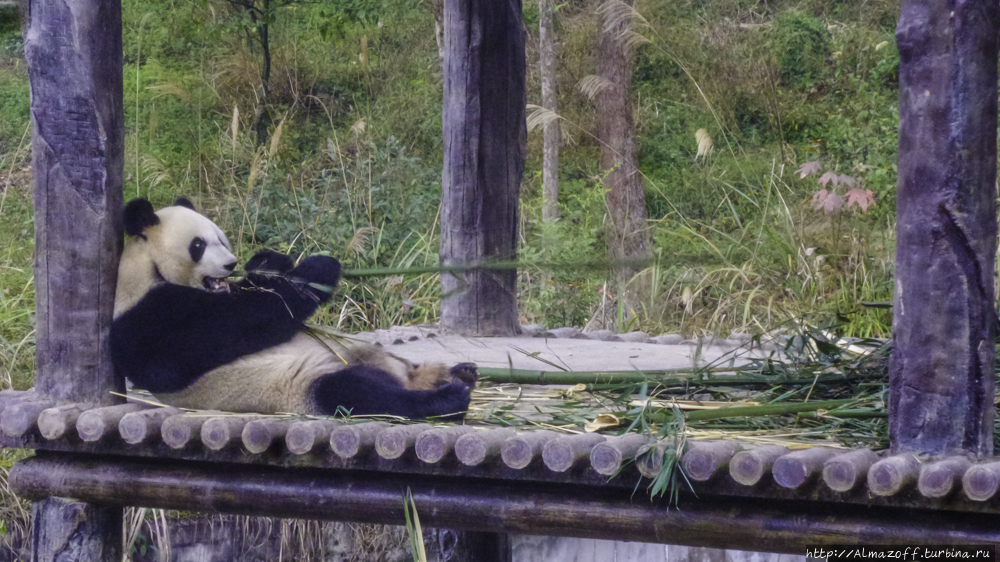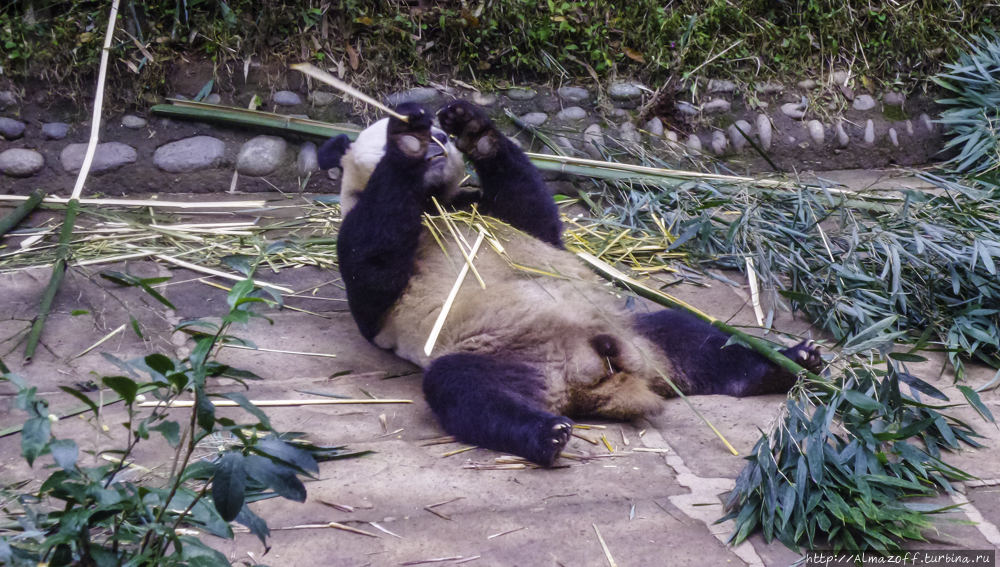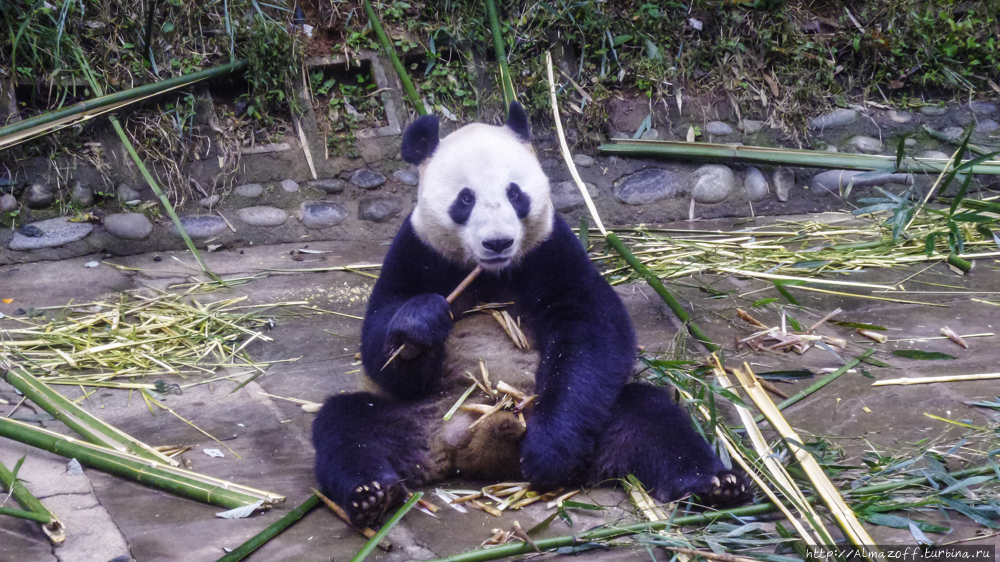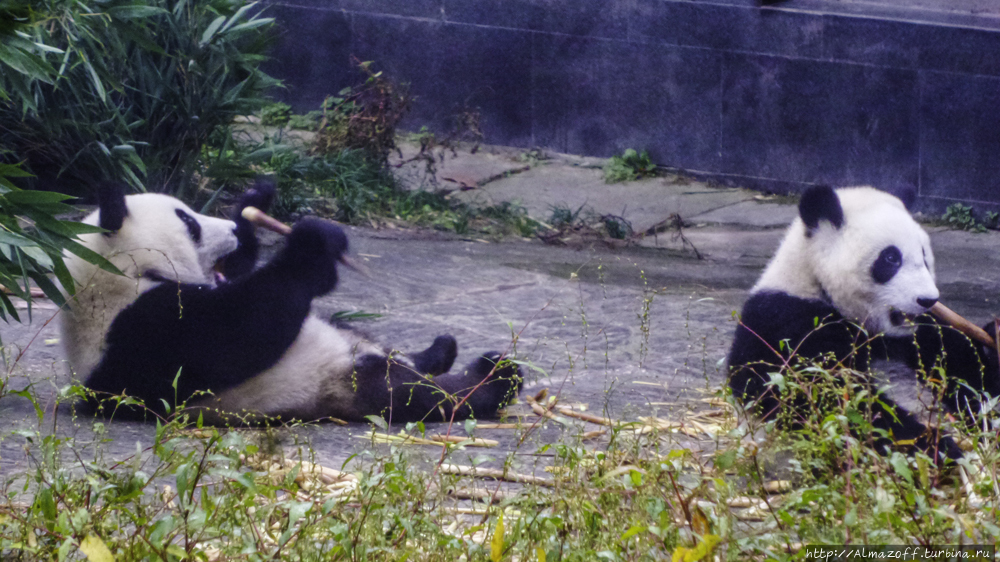Panda base

Chinese province Sichuan is not only a homeland for Chinese tea but also a home for giant pandas. A lot of tourists come to Chengdu to see those cute bears which look more like giant raccoons and they eat tons of green bamboo nonstop. Being a symbol of WWT, a giant panda is a vulnerable species. Before 2016 it was classified as an endangered species, with constantly decreasing population and a low birth rate both in captivity and in the wild. Scientists believe that there are about 2000 individuals living in the wild. Killing a panda is punishable by death penalty in China. Before 2000 pandas didn’t mate in zoos. Nowadays panda breeding in captivity is also a rare case.

To meet panda in the wild is almost impossible but one can easily watch them in special big panda reserves. Located just 10 km away from the downtown, there is Chengdu Research Base of Giant Panda Breeding. To observe the unique animals, tourists visit the reserve every day. There they can see how Chinese government protect the animals and there habitat. Also the government does everything so that more people had a chance to get to know those lovely creatures.
The best time to visit the Center is morning, 8:30 to 10:00 when the animals get food. Other times they will be probably doing what they love most – sleeping. There are 86 pandas of 239 that are kept in captivity. One can see 4-6 animals in an open-space aviary.

In the Center one can also watch a red panda. It is obviously smaller than its big brother and looks more like a fox than a bear. FireFox – a popular internet browser – was named after the red panda.
The biggest panda reserve is Bifengxia, located 18 km away to the north from Ya’an town. There are about 80 individuals living. Founded in 2003 the reserve became a paradise for giant pandas and a national treasure of China. The task is to breed animals and provide animals that are taken from their natural environment with a temporary shelter. In 2008 30 animals were transported from Wolong National park which suffered from the earthquake in 2008.
The territory of the reserve is covered with lush forest with lots of waterfalls and picturesque landscapes. That makes the trip to Bifengxia even more pleasant. One can watch pandas living in their natural environment. The atmosphere is more relaxed here than in Chengdu Center. There are less tourists. Pandas live in conditions close to their natural habitat so that they could easily adjust to wild forests and mountains once they are moved there. The Bifengxia mountains are the most humid mountains on Earth.
